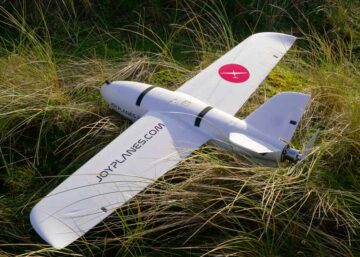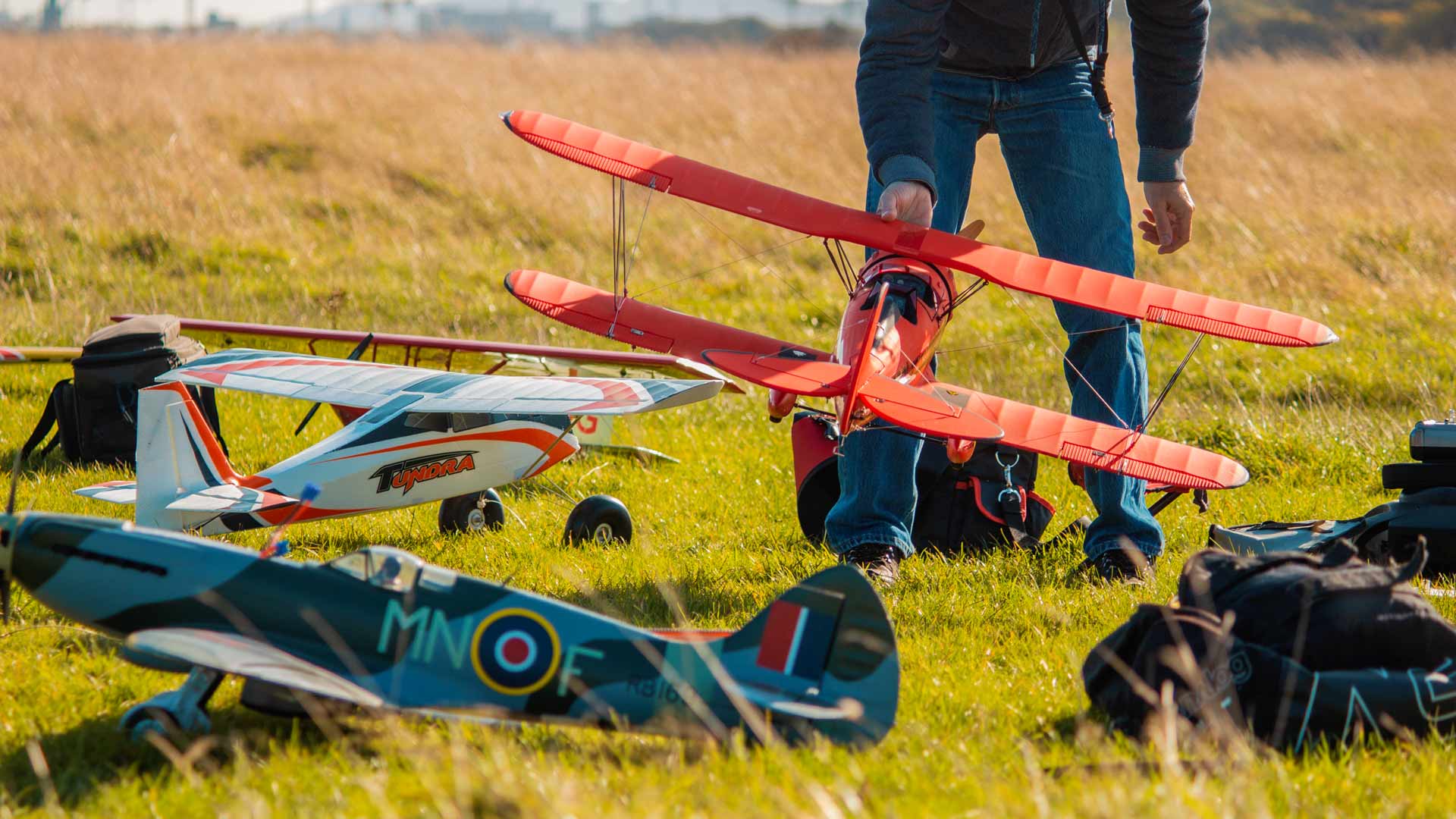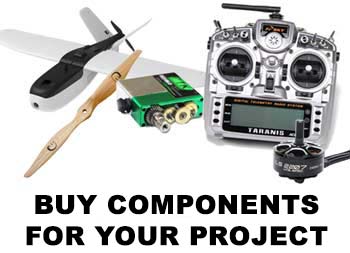Why some servos are $5 and others $100?

The variety of servos, also called servomotors, is very large, there is one for each application, although you will surely settle for the cheapest ones that also do the job. But let’s talk about the different servos and their applications in different circumstances. If you have questions about servos you are in the right place on the internet.
Servo Classification
Personally, I like to keep 3 main categories, they are: Standard servos, mini servos and micro servos, I leave out the “jumbo” ones, which are the large and heavy, not very popular in model aircraft because they are very bulky and heavy. There are many subcategories, such as sub micro servos, nano servos, etc. It is also more common to identify them by their average weight, such as the famous 9 g servos, these are the most popular and inexpensive and weigh around 9 grams. If that was all we would warp it, but servos can be more complicated.

We already talked about the size, now we need to talk about its characteristics, there are analog and digital servos, with gears made of nylon, metal or other materials. Some have brushed motors (the most common type of motor), and others with brushless motors which are very expensive, some servos are made to withstand high voltages, or like most only up to 6v. And there are servos with a lot of torque and others with great response speed.
Servo parts

Inside a servo you will find a few components, it is not that complicated, from top to bottom we have the output shaft where the servo arm goes, then the set of gears that reduces the rotations of the motor and converts them into torque, further down there is a potentiometer connected to the output shaft, then the electric motor, and finally the electronic board that receives the signals, encodes them and makes the motor work, the circuit can know the position of the servo thanks to the potentiometer.
Main features.
Digital vs Analog.
The most common are analog servos, the main difference is the internal processing on the electronic board, it is basically the only thing different, those servos can have a more precise and faster response than analog ones, working at frequencies as high as 300 Hz when a common servo responds at a frequency of 50 times per second (50 Hz). Some brands also include programmable features in the servos for greater control, but this all comes at a cost.
Gears.
Another important feature are the gears of the servos, specifically the material they are made of, they are normally nylon for their self-lubricating properties, but can be brittle if subjected to high forces, that is why the option of metal gears is offered. These can withstand sudden blows without breaking the gears and are perfect for applications such as landing gear, or for radio-controlled cars.
I personally like to use metal geared and digital servos on all my large planes, I only use cheap ones on budget projects or small planes, another way to break gears is by crashing the model, that’s why I always recommend metal gears, also the price difference is not so much.
Torque and Speed
Now we get into an important topic, it’s what defines the force to move control surfaces and on the other hand, the speed at which the servo responds, generally if you have more of one of these characteristics, you lose a bit of the other, the idea is to have a good balance between sufficient torque and response speed, but depending on the application you are going to give it you must choose the appropriate servo, on very fast planes you will probably need a servo that has good torque, but also high precision and response speed, in aerobatic planes we need all the possible torque to perform very extreme maneuvers, in which the control surfaces must move a lot but also speed is important, in short, there are many variables, and you’ll always want the best speed and torque.
When buying a servo they must display the technical information on the box, or on the product page, for example 1.8 Kg / cm – 0.1sec / 60 degrees which means that it has a torque of 1.8 kg if we measure at 1 cm from the servo axis (the units can vary), and its rotation speed is 0.1 seconds about 60 degrees. Speed and force increase or decrease depending on the voltage with which you power the servo, that’s why some special high voltage servos that accept about 10v have a great performance, most servos support up to 6v, if you use more you’ll burn the servo.
Attention! Some low-quality manufacturers will lie in the characteristics of their servos, claiming more power and speed than they really have, this is because naturally, people don’t check this data, for important applications buy good brand servos in good and responsible stores.
Size and Weight
It is important to know the space available in the model aircraft, or in the sections where the servos are going to be housed, the weight is not so important because you can’t do much about it, only in the case of applications where weight is very critical.
Motors
As I mentioned at the beginning there are two types of main motors, brushed and brushless motors, among the brushed motors we have normal motors and coreless motors, these are motors where the winding is hollow and the shaft is lighter, making possible faster speeds and higher RPM, improving servo response speed. Brushless motors are a superior but more expensive system.

conclusion
Depending on the type of application you need, you must take into account the aforementioned characteristics, in summary, choose a servo with good torque and speed, which is metal gears and probably a digital one will suit you, it should be noted that a digital servo uses its full potential when your receiver or your radio system is capable of generating high-frequency PWM signals, otherwise, the result would not be the most optimal.





February 2, 2021, 10:37 pm
Thanks for the primer on the intricacies of ‘Servos”
With the growing popularity of using foam materials for fuselage and flight control surfaces ; I would like to see more articles that focus on this relatively new building material.
Perhaps you have transcripts on hand from previous publications you would be willing to make available.
Thank you
Charles
cmur757@gmail.com
February 3, 2021, 8:40 am
Hi, I’ll be posting new articles about foam and tricks about it, I also have some authors collaborators that will be creating more articles about that topic soon.
April 2, 2023, 11:21 pm
Hi,,i am bangladeshi
please give me your strobe light,, circuit diagram